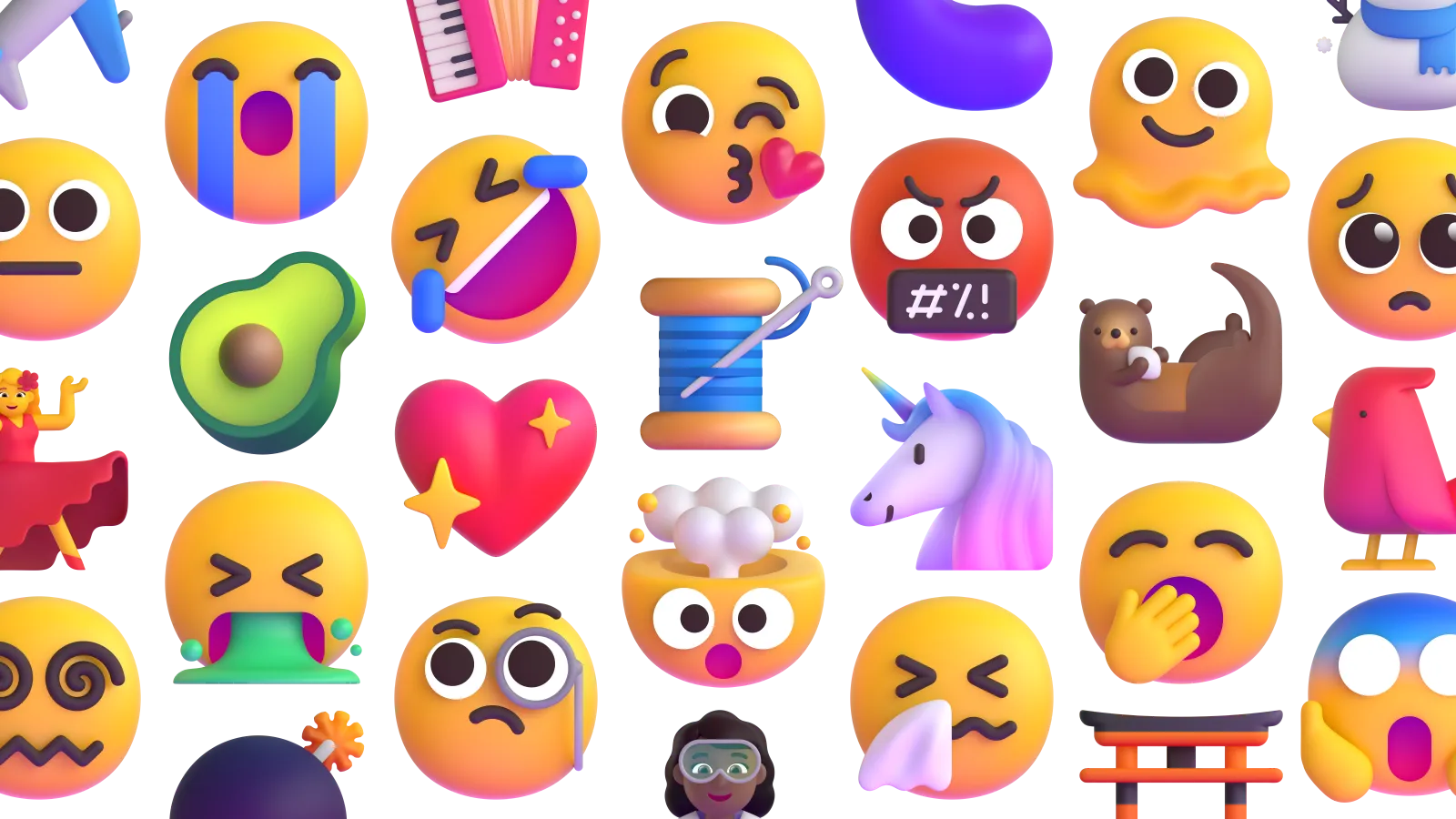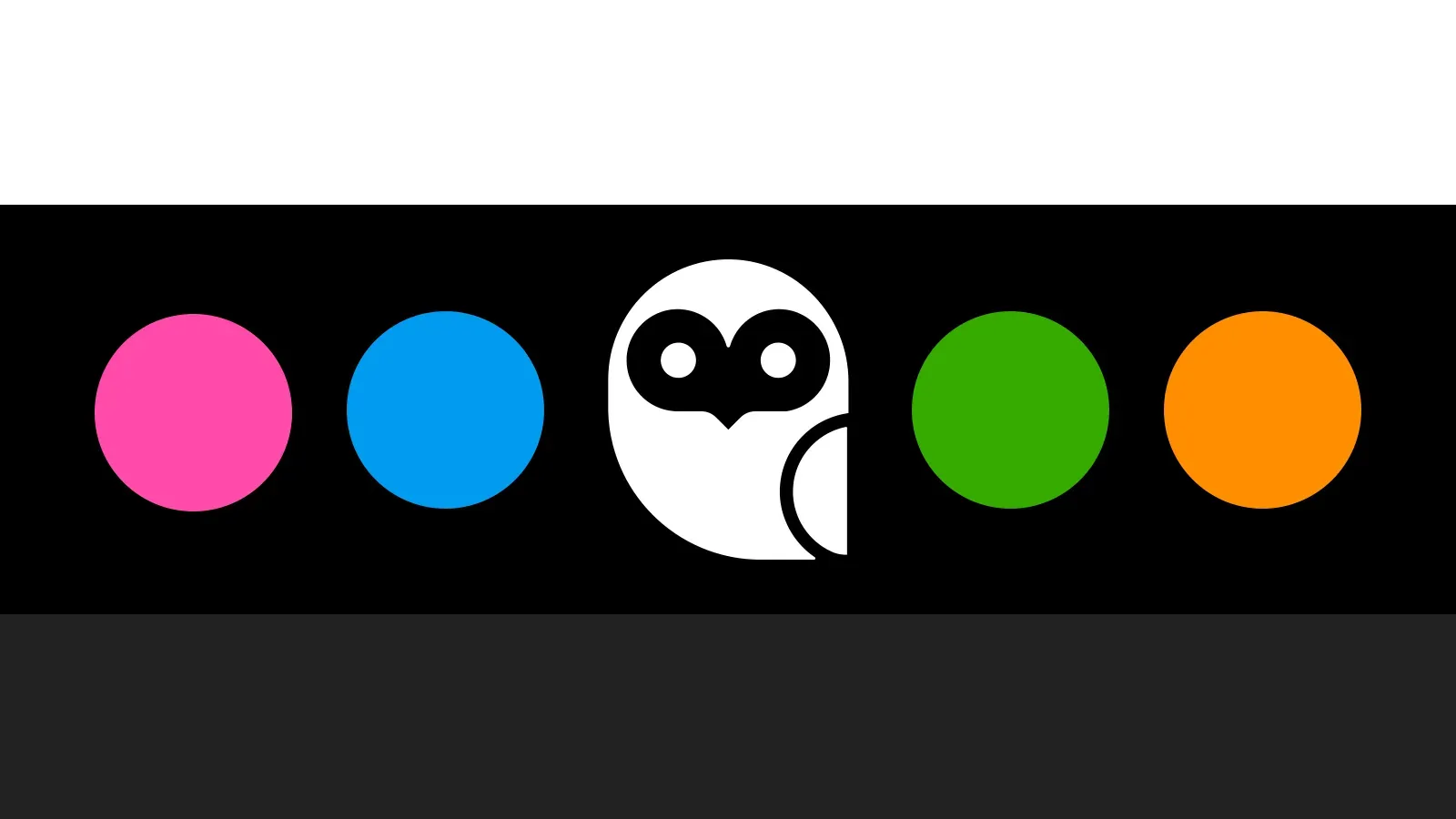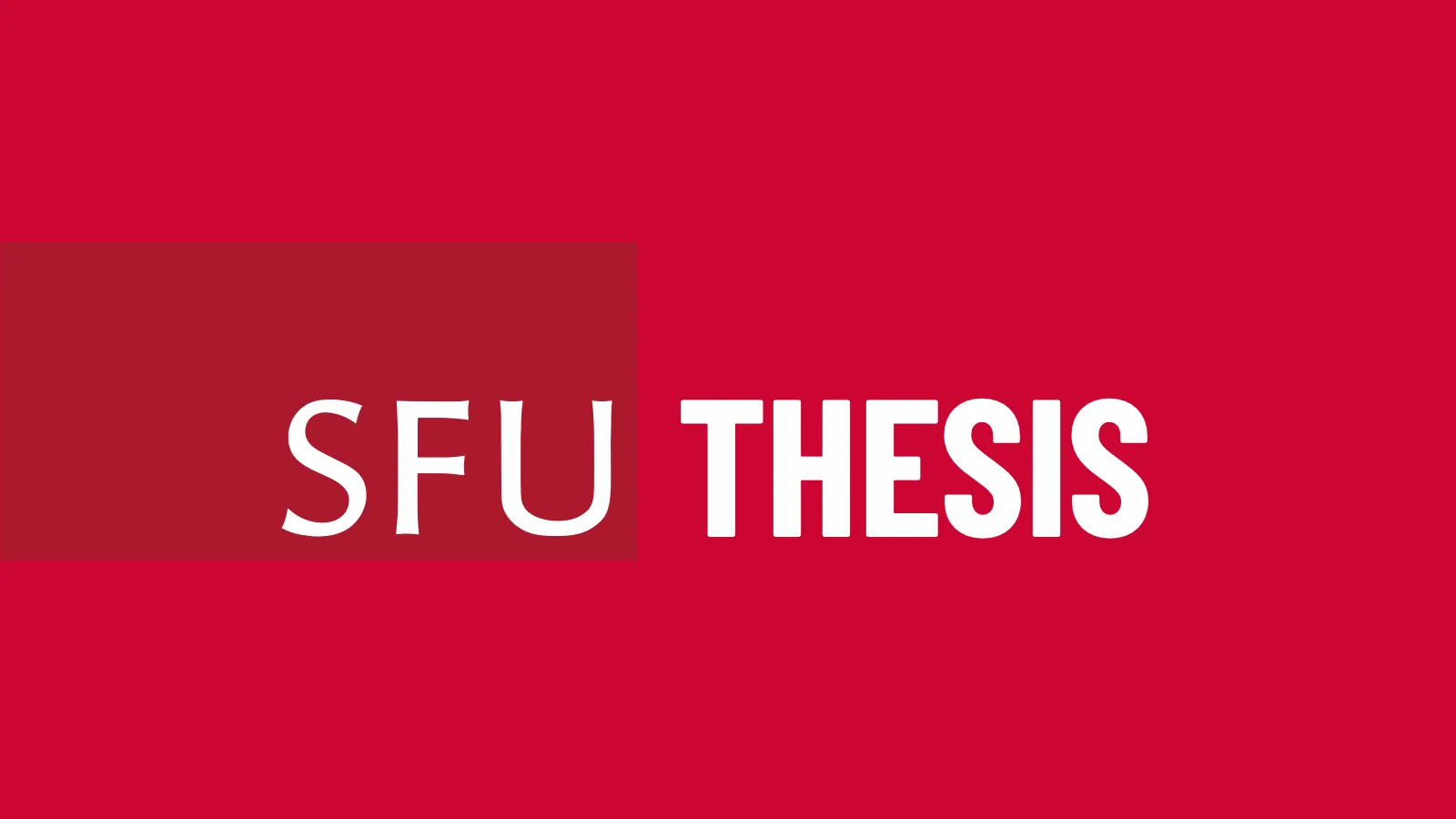Every new emoji starts with a formal proposal justifying why it should exist. The proposal for 🫵 starts with four pages of the history of people pointing at the viewer in art.
Only a few emoji are accepted every year, but anyone can submit suggestions for new emoji. For example:
- 🪼 was proposed by marine biologists.
- 🪗 was proposed by accordion historian Bruce Triggs
- 🫘 was proposed by someone who just enjoys “chowing down on the occasional bowl of baked beans.”
To address the Unicode Consortium’s emoji selection criteria, you’ll find proposals arguing things like mermaids are 522% more popular than goblins or that teapots are not too similar to teacups. Older emoji didn’t go through the same kind of selection process, which is presumably why there are three separate emoji for optical computer media: 📀 💿 💽.
You can find most emoji proposals linked from their Emojipedia page. Here are a few interesting or funny submissions I’ve seen. (All quotations cleaned up.)
One of the oldest drawings to explore this perspective of the pointing finger is that of Pontormo, an Italian painter of the 16th century. A handful of Baroque examples can also be found.
In 1914, influenced by a cigarettes ad and by advertisement rhetoric in general, the British graphic designer Alfred Leete created the first recruitment poster of its kind. Since then, the number of remixes of those posters — in particular of James Flagg’s 1917 “Uncle Sam Wants You” poster — have grown immensely.
🫵 Index pointing at the
viewer
The yo-yo has been around for at least 2,500 years, but reached new popularity in the 1920s when Pedro Flores popularized a new method of attaching a string to the axle that allowed the yo-yo to “sleep”.
Since then, several yo-yo booms have swept the world, often on 7 year cycles of boom and bust. Some may say that the yo-yo has its ups and downs.
🪀 Yo-yo
Currently, emojis only depict people assigned female at birth in a role of pregnancy. If emojis are designed in a manner to be as inclusive as possible this emoji should present its gender more ambiguously.
Additionally, a major gap in the emoji inventory is a manner to depict satisfaction after eating a great meal.
🫄 Pregnant
person
The oldest known example of a knitted object dates back to 11th century Egypt but the complexity of the design of those ancient Egyptian socks suggest that knitting was not new, even then.
🧶 Yarn
The interest in dinosaurs is even stronger than the Google Trends comparisons suggest. People do not search for news on dinosaur attacks, as they would on sharks, lions, snakes, and alligators. The prudent individual rarely searches for dinosaur-skin shoes, nor do they look for an available source of local dinosaur sushi.
Books about dinosaurs range from nonfiction descriptions of the now-extinct animals, to fictional thrillers, like Michael Crichton’s Jurassic Park, to the 488 (!!) books identified as “Dinosaur Erotica” in Amazon’s Kindle store.
🦕 Sauropod



